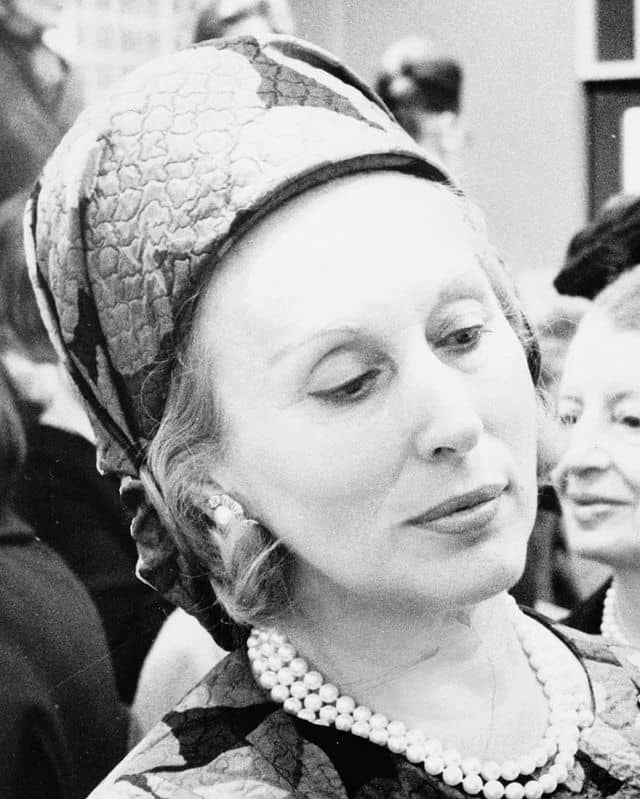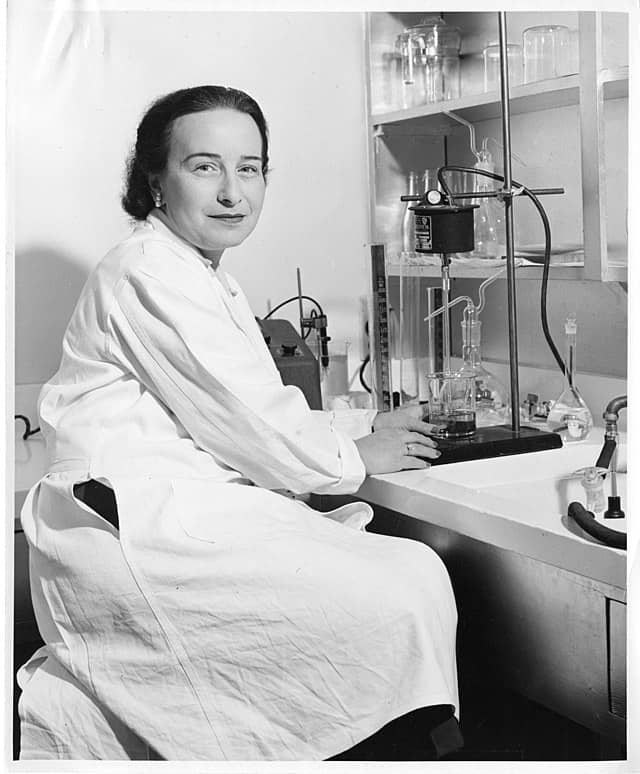There are many news stories and articles that talk about Hungarian inventions and famous Hungaricums, but Hungarian women in science are less known. Thanks to their talent and perseverance, they have all achieved some kind of revolutionary in healthcare, education, or even scientific research. Be inspired by their short story and learn the secret of long life, because most of them reached old age (more than 90 years)!
Dr Mária Telkes (1900-1995)

She was born in Budapest, but later emigrated and became a Hungarian-American biophysicist, scientist and inventor. She was known for her work on solar energy technologies, and as she was considered one of the founders of solar thermal storage systems, she was nicknamed the "Sun Queen". At the age of 25, she moved to the United States where she was hired as an employee of the Cleveland Clinic Foundation. Her mission was to research the energy produced by living organisms. She invented a miniature desalination unit, the solar saltwater still, which was used on lifeboats during World War II and saved the lives of torpedoed sailors and downed airmen who could use solar energy to collect potable water when exposed at sea.
Estée Lauder (1906-2004)

The now-famous cosmetics brand was founded by a Hungarian woman named Josephine Esther Mentzer who was raised in Queens, New York by her Hungarian mother and Czech father. Her interest in beauty was sparked as a teenager when her Hungarian uncle, a chemist, joined the family. The uncle made velvety skin creams and also taught Esther; she became a chemist and learned not only how to concoct wonderful creams, but also how to apply them to women's faces. After marrying Joseph Lauter (later changed to Lauder), they started their own company.
Dr Elizabeth Roboz-Einstein (1904-1995)

She was a biochemist and neuroscientist known for purifying and characterizing the myelin basic protein (MBP), studying its possible role in the neurodegenerative disease multiple sclerosis (MS), and became a pioneer in the field of neurochemistry.
Elizabeth Roboz was born in 1904 in Szászváros, Transylvania in the time of the Hungarian Kingdom and 1914 the family moved to Nyíregyháza. She later earned a summa cum laude doctorate in organic chemistry from the University of Vienna and returned to Hungary, but by 1940 anti-Semitism was on the rise and she emigrated to the United States on an agricultural specialist visa. She conducted much research and had many lectures at various American universities (ex: Standford, University of California, and the University of Berkeley). When she was an associate professor at Georgetown University, she developed an interest in multiple sclerosis after studying neurochemistry to teach her students. Elizabeth married Hans Albert Einstein in June 1959, the first son of the physicist Albert Einstein and the professor of hydraulic engineering at the University of California, Berkeley. She later moved back to California and taught at the University of California Berkeley Campus.
Éva Klein (1925 - )

She is a Hungarian-Swedish scientist and has worked at Karolinska Institute since leaving Hungary in 1947. She is considered one of the founders of cancer immunology. Klein became an assistant professor at Karolinska Institute in 1948 and received tenure in 1979. At the suggestion of Torbjoern Caspersson of the Department of Cell Research and Genetics at the Karolinska Institute, she established her research areas from 1948, working closely with her husband throughout her career. She published over 500 papers and was the editor of the journal Seminars in Cancer Biology. Klein became a member of the Royal Swedish Academy of Sciences in 1987 and the Hungarian Academy of Sciences in 1993. In 2013, she was elected a Fellow of the American Association for Cancer Research Academy. Now she is 96 years old.
Katalin Karikó (1955 - )

Nowadays, the name Katalin Kariko is well known, having played a major role in the development of the coronavirus vaccine. Katalin Karikó grew up in Kisújszállás and her passion for nature and biology developed early on as a child, which later led her to study these fields more in-depth as a biochemistry student of the University of Szeged, Hungary in the 1970s. During her doctoral studies, she turned her attention to molecular biology and mRNA, one of the most novel research areas of the time. Later she became a researcher at the Institute of Biochemistry at the Hungarian Academy of Sciences in Szeged, where she investigated how mRNA therapy could tackle viruses, something that has become her main research field ever since. In 2005 Karikó and Weisman published their discovery but it received little attention. Derrick Rossi, a postdoctoral researcher then at Stanford University, read their paper and in 2010 co-founded the biotech company, Moderna with the aim to produce mRNA-based vaccines and medicines. Today Karikó serves as BioNTech’s senior vice-president and head of RNA protein replacement therapies and she is also an adjunct associate professor at the University of Pennsylvania. You can read her carrier and research details on the Study in Hungary website, here.
To increase the proportion, representation, and decision-making role of women in scientific research and innovation, the Association of Hungarian Women in Science (NaTE), a Hungarian NGO, was founded in 2008. The association supports women's scientific careers and aims to increase the number of new generation researchers and engineers as well.
With these short stories of great Hungarian women, you can be inspired to continue your research or work, you may never know when sudden success will come.
Sources:
Study in Hungary: http://studyinhungary.hu/blog/katalin-kariko-the-hungarian-scientist-be…
NaTE: https://efforti.eu/consortium/association-hungarian-women-science-nate